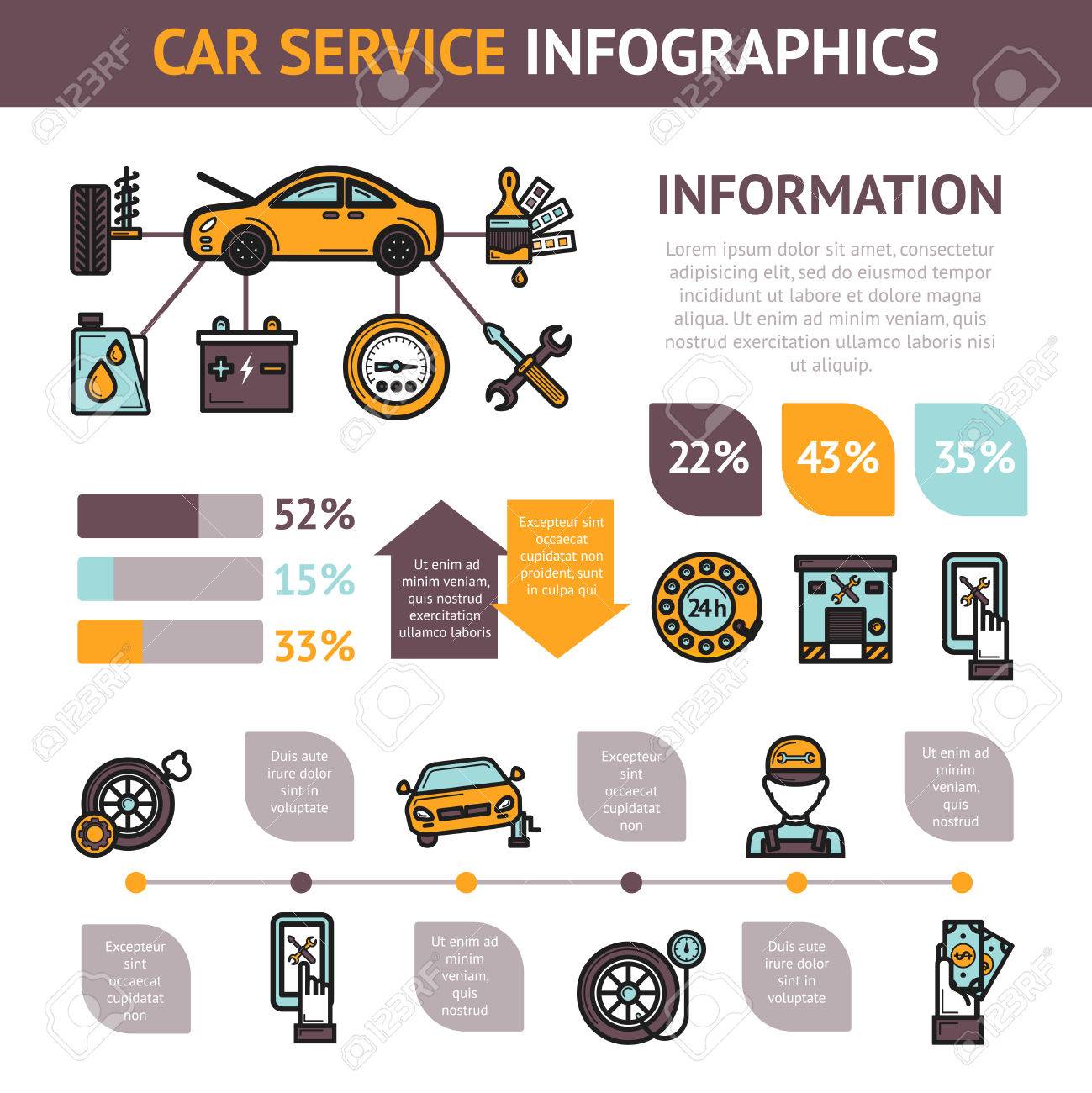Examining Your Car'S Warning Indicators: What They Actually Communicate
Examining Your Car'S Warning Indicators: What They Actually Communicate
Blog Article
Created By-Higgins Corbett
When you lag the wheel, those glowing caution lights on your dashboard can be a bit difficult. Do you recognize what they're attempting to inform you regarding your auto's wellness? Understanding the value of these lights is essential for your safety and the durability of your vehicle. So, the next time among those lights appears, wouldn't you want to analyze its message properly and take the needed actions to resolve it?
Common Warning Lights and Interpretations
Recognize usual warning lights in your auto and comprehend their significances to guarantee risk-free driving.
One of the most typical caution lights include the check engine light, which indicates problems with the engine or discharges system. If this light begins, it's essential to have your car examined immediately.
The oil stress cautioning light suggests low oil pressure, calling for instant attention to prevent engine damage.
A flashing battery light might suggest a defective charging system, possibly leaving you stranded otherwise resolved.
The tire stress monitoring system (TPMS) light alerts you to reduced tire stress, impacting car security and fuel effectiveness. Neglecting this might lead to risky driving problems.
The abdominal light indicates a trouble with the anti-lock stopping system, endangering your capability to stop quickly in emergency situations.
Lastly, the coolant temperature level advising light warns of engine overheating, which can cause severe damages otherwise resolved promptly.
Understanding these typical caution lights will certainly help you attend to issues promptly and keep safe driving conditions.
Significance of Prompt Interest
Understanding the usual caution lights in your cars and truck is just the very first step; the importance of quickly dealing with these warnings can not be emphasized sufficient to guarantee your security on the road.
When a warning light illuminates on your dashboard, it's your vehicle's method of communicating a possible problem that requires interest. Neglecting these cautions can bring about more serious problems in the future, compromising your security and potentially costing you extra in repairs.
Trigger focus to alerting lights can prevent break downs and crashes. For example, a flashing check engine light can suggest a misfire that, if left unattended, might create damage to the catalytic converter. Addressing this quickly can conserve you from a pricey repair.
Similarly, a brake system alerting light may signify low brake fluid or used brake pads, important parts for your safety and security when driving.
DIY Troubleshooting Tips
If you notice a caution light on your control panel, there are a couple of DIY fixing pointers you can attempt prior to seeking expert aid.
The initial step is to consult your automobile's manual to comprehend what the certain caution light indicates. Occasionally Suggested Web page can be as straightforward as a loosened gas cap causing the check engine light. Tightening up the gas cap might resolve the problem.
Another typical concern is a low battery, which can cause different advising lights. Checking the battery links for rust and ensuring they're protected might deal with the issue.
If a warning light persists, you can attempt resetting it by separating the automobile's battery for a few mins and after that reconnecting it. Furthermore, checking https://arthurczusp.blogoscience.com/38291523/mobile-vehicle-outlining-enhancing-your-lorry-s-appearance-on-the-go , such as oil, coolant, and brake liquid, can aid fix cautioning lights related to these systems.
bestcarwashauckland
To conclude, comprehending your auto's warning lights is important for maintaining your car running efficiently and securely. By promptly dealing with navigate to this website and recognizing what they imply, you can prevent pricey repair services and possible breakdowns.
Remember to consult your vehicle's guidebook for specific information on each advising light and take action accordingly to ensure a hassle-free driving experience.
Stay notified, stay risk-free when traveling!
